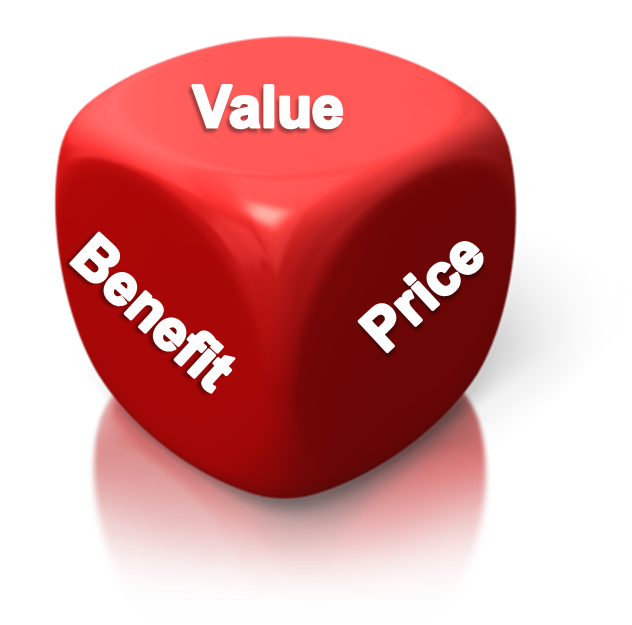Small Business
For a Definition of Value, Just Ask Your Employees
The first step is specifying value from the standpoint of the customer. Accounting firms have multiple customers. The easiest to identify are, of course, the clients who pay you. But as you begin to understand the core of Lean, you need to identify ...
Nov. 28, 2016

We spend a lot of time discussing the Five Principles of Lean:
- Customers define value
- Identify the value stream – what is value-added and what is “waste”?
- Make the process flow
- Implement “pull” to the process
- Continuous improvement
All of these are significant to firm processes, but two of them can be key strategies for your entire firm.
Customer-Centered Value
The first step is specifying value from the standpoint of the customer. Accounting firms have multiple customers. The easiest to identify are, of course, the clients who pay you. But as you begin to understand the core of Lean, you need to identify all of the customers of your process. Some could argue that the most important clients/customers of a firm are its people. Your employees are your customers. So to put it simply, your people define the value in your process.
When is the last time you asked your people how the firm is doing? In our Lean projects, we spend a significant amount of time helping firms identify the value and non-value added steps in their process. To make your process Lean, you must understand the voice of the people within each step of the process. Knowing their voice is being heard and seeing change happen as a result are keys to having happy people. Happy people are more likely to stay with your firm and add additional value to your clients. Happy clients lead to happy shareholders/partners.
Continuous Improvement
The best firms are always looking to do better. If you are lucky enough to have happy employees today, what are you doing to make sure you have happy employees tomorrow? Lean teaches continuous improvement, which is to say, we know we are not perfect, but we are working towards perfection.
Firms can make sure they’re keeping their employees happy (and productive) by keeping them motivated. What motivates your people? Ask them. Motivations may be intrinsic (driven by the enjoyment of the task itself) or extrinsic (coming from outside the individual). Here are a few examples of each type:
Intrinsic motivators:
- Opportunities to do more challenging work. Few good people want to show up to work and do the same thing, day in and day out, for years on end. They’d rather put their knowledge and skills to work.
- Freedom to make decisions. Some people prefer to be told what the end result should be and then do what it takes to make that happen.
- Feeling appreciated. When you do something well, it is incredibly motivating to be told you did a great job, especially in front of peers and co-workers.
Extrinsic motivators:
- Potential for growth. Knowing there is an opportunity for growth makes people want to work harder to prove that they are worthy of being promoted.
- Excellent pay and benefits. Adequate compensation is important, but it’s not just about base salary. Health, dental and vision benefits, 401(k) matches, performance bonuses and tuition reimbursements are popular benefits.
- Flexible work arrangements. Giving people the freedom to decide when and where their work gets done can be a huge motivator.
During our Lean Projects, we emphasize continuous improvement. Make a plan for recurring meetings to review your processes, making sure to check the process with the voice of your customers (internal and external). An excellent way to confirm that your processes are aligned with the voice of your internal customer is by using surveys. Consider sending a brief survey to all members of your staff explaining that the firm is looking at ways to increase motivation and ask them to rank potential motivators.
The results will provide valuable insight into how to energize your people. You may not be able to meet every motivator all of the time, but asking a few simple questions sends a signal to employees that you care about how they define value at work, and value them.
